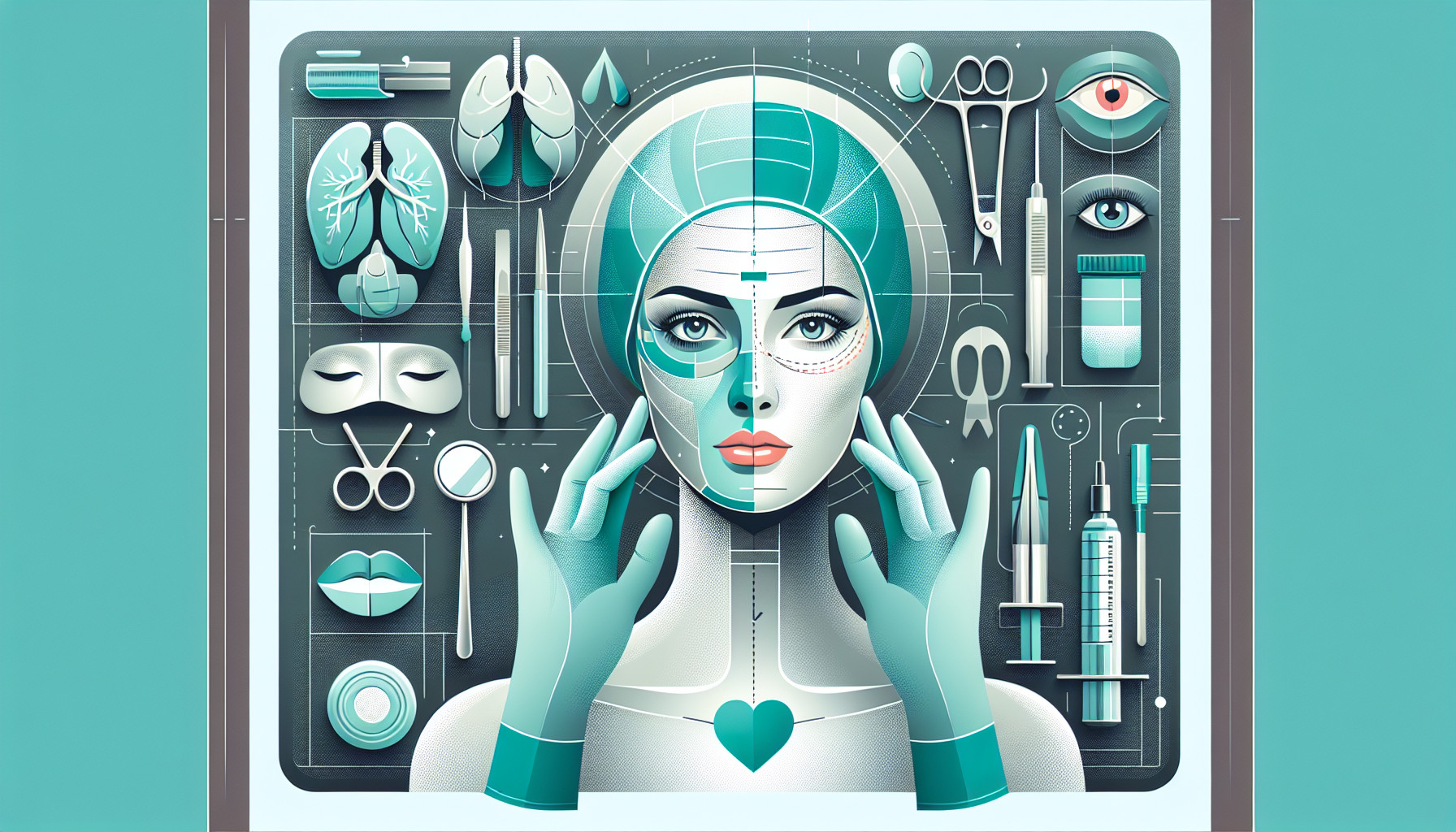Our Summary
This research paper discusses changes that occur in the lower eyelid as people age, which can cause bags or circles under the eyes, a tired look, and a flattened face. It then reviews a procedure called lower eyelid blepharoplasty, which is a cosmetic surgery where excess skin and/or fat is removed or repositioned to improve the appearance of the eye area. The paper explores the reasons why people choose to have this procedure, considerations before surgery, different surgical techniques, and potential complications. The best surgical technique is still under debate, as different approaches have shown positive results.
FAQs
- What are some of the reasons for undergoing lower eyelid blepharoplasty?
- What are the different surgical techniques used in lower eyelid blepharoplasty?
- What complications can arise from lower eyelid blepharoplasty?
Doctor’s Tip
A helpful tip a doctor might tell a patient about blepharoplasty is to carefully follow post-operative care instructions, including keeping the area clean and avoiding strenuous activities that could strain the eyelids. It is also important to attend all follow-up appointments to ensure proper healing and address any concerns promptly.
Suitable For
Patients who are typically recommended for blepharoplasty include those who are bothered by:
- Excess skin or fat deposits in the upper or lower eyelids
- Puffiness or bags under the eyes
- Drooping or sagging eyelids
- Excessive wrinkling or creasing around the eyes
- Difficulty applying makeup or seeing clearly due to excess skin
- A tired or aged appearance in the eye area
It is important for patients considering blepharoplasty to have realistic expectations and be in good overall health. It is also recommended to consult with a board-certified plastic surgeon or oculoplastic surgeon to determine if they are a suitable candidate for the procedure.
Timeline
Before blepharoplasty:
- Patient notices age-related changes in the lower eyelid, such as bags or circles under the eyes, a tired look, and a flattened face.
- Patient consults with a plastic surgeon to discuss the possibility of lower eyelid blepharoplasty.
- Preoperative considerations, such as medical history, medications, and expectations, are discussed with the patient.
- Surgical plan is developed based on the patient’s individual needs and desired outcomes.
After blepharoplasty:
- Patient undergoes lower eyelid blepharoplasty procedure, which involves excising and repositioning excess skin and/or orbital fat.
- Patient experiences temporary swelling, bruising, and discomfort following the surgery.
- Patient follows postoperative care instructions provided by the surgeon, such as keeping the area clean, applying cold compresses, and avoiding strenuous activities.
- Patient attends follow-up appointments to monitor healing progress and address any concerns or complications.
- Patient gradually sees improved appearance in the lower eyelid area, with a more rejuvenated and refreshed look.
What to Ask Your Doctor
- Am I a good candidate for lower eyelid blepharoplasty?
- What are the potential risks and complications associated with the procedure?
- What type of results can I expect from lower eyelid blepharoplasty?
- How long is the recovery process and what should I expect during the healing period?
- Are there any alternative treatments or procedures that may be more suitable for my specific concerns?
- How many lower eyelid blepharoplasty procedures have you performed and what is your success rate?
- Will I need to undergo any additional procedures or treatments in conjunction with lower eyelid blepharoplasty?
- Can you provide me with before and after photos of previous patients who have undergone lower eyelid blepharoplasty?
- What type of anesthesia will be used during the procedure?
- How much will the procedure cost and will it be covered by insurance?
Reference
Authors: Nahai F, Niazi F, Nahai F, Niazi S, Foster JA, Doroodgar F, Baradaran-Rafii A, Rashidi V. Journal: Aesthet Surg J. 2023 Nov 16;43(12):1429-1440. doi: 10.1093/asj/sjad245. PMID: 37531619
